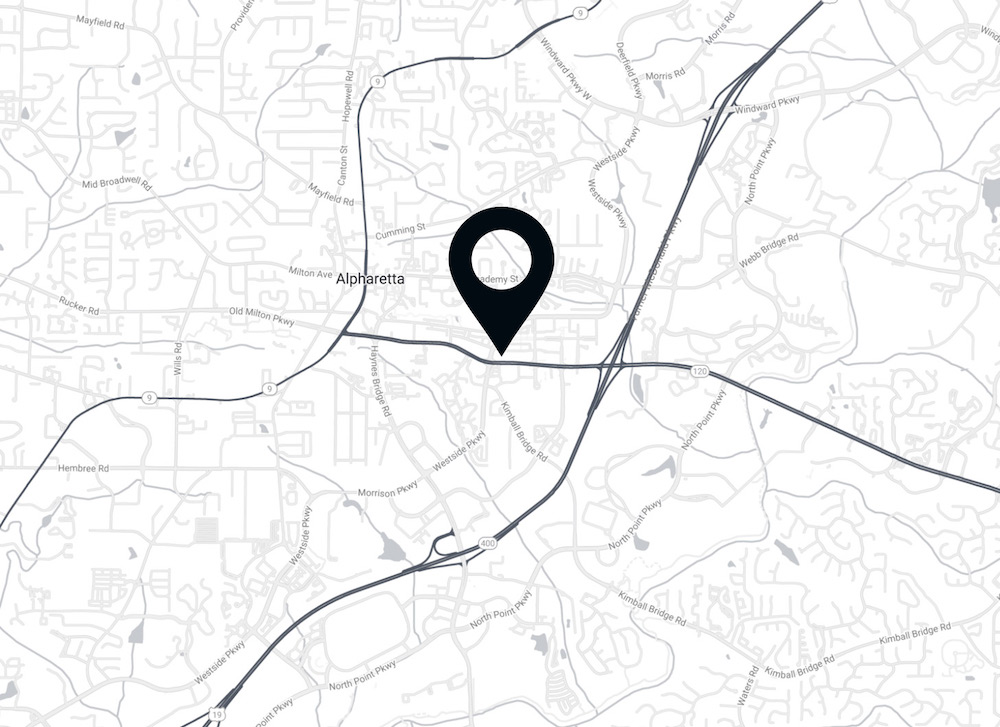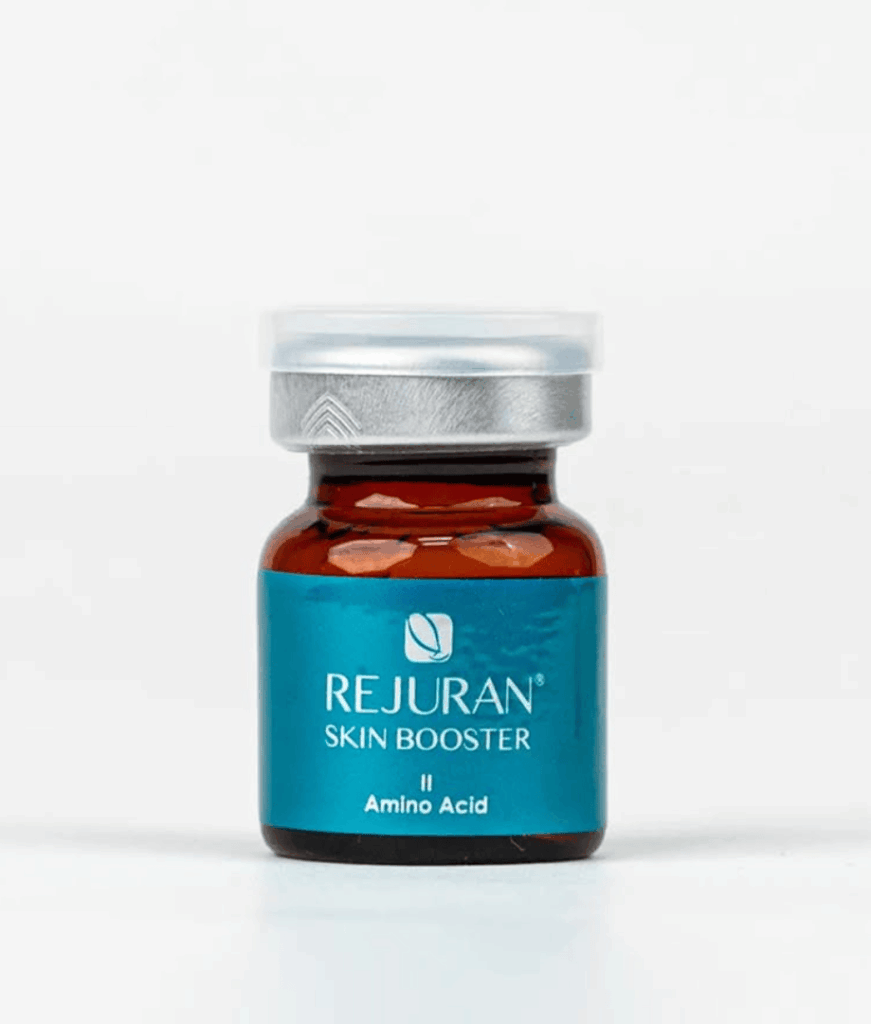Liposuction is one of the most popular procedures offered at Plastic Surgery Group of Atlanta. Our board-certified plastic surgeons – John Connors, MD, FACS and Alexandra Hart, MD, FACS – are proficient in various strategies to perform this type of treatment. Using techniques like SmartLipo™ and “super-wet’ lipo, we are able to transform the bodies of men and women who desire slimmer, more toned, and more aesthetically pleasing figures.
- Sedation: General or local anesthesia
- Potential Benefits: A slimmer and more proportionate physique; dramatic reduction of stubborn pockets of isolated fat; a versatile procedure that can accompany a variety of other surgeries
- Longevity of Results: Long-lasting, if not permanent (provided the patient maintains a healthy lifestyle)
- Recovery: A few days to a week before normal activities can be continued; strenuous exercise should be avoided for several weeks

Complementary Procedures to Liposuction
Depending on your unique needs, liposuction can accompany a wide range of cosmetic procedures. These may include tummy tuck surgery, breast enhancement treatments, and even facial surgeries like facelift or brow lift.
When multiple aesthetic treatments are combined into one, it is often called a “mommy makeover.” If you are interested in this customizable solution, we would be glad to discuss your options in more detail during your preoperative appointment.

What Does the Liposuction Procedure Involve?
Liposuction is performed under general anesthesia in an accredited surgical facility, and is usually an outpatient procedure. On average, each treatment area (e.g. the tummy, thighs, etc.) will take approximately 30 minutes to complete.
Dr. Connors or Dr. Hart will tailor the surgery to meet your aesthetic goals. The advanced liposuction techniques available at Plastic Surgery Group of Atlanta include:
Tumescent “Super-Wet” Lipo
Tumescent liposuction is a common approach used by surgeons. It is a suction-assisted (SAL) form of lipo that first injects a liquid agent into the area that is to be treated. The liquid agent includes saline, lidocaine (a numbing agent), and epinephrine (a medication that controls bleeding). A cannula is then inserted and passed through the fat deposits, suctioning them out. An attached power-aided motor allows the surgeon to control the speed of the fat removal, which can be as great as a few pounds or as little as several ounces.
Laser-Assisted Lipo (LAL)
Laser-assisted liposuction uses laser technology to introduce a burst of energy to the specified area of fat. The laser loosens and liquefies the fat for removal. Also known as “high-definition liposuction,” This particular type of liposuction includes brand names, such as SmartLipo™, SlimLipo, LipoLite™, and ProLipo PLUS™. Our surgeons have helped countless patients achieve slimmer body contours with laser-assisted liposuction, which can very precisely sculpt the physique. Many women appreciate the laser’s ability to create the coveted “V” shape in the abdominal region, while men frequently enjoy the “chiseled,” “six-pack” effect it can produce.
Body Contouring Videos
-
Video Image PlaceholderDr. Hart discusses Fat grafting
-
Video Image PlaceholderDiscover Fat Transfer Surgery
-
Video Image PlaceholderMen & Plastic Surgery
-
Video Image PlaceholderBody Contouring Options: Liposuction & SmartLipo
-
Video Image PlaceholderCalf Liposuction for Defined Legs | Plastic Surgery Group of Atlanta Transformation
-
Video Image PlaceholderDr. Alexandra Hart, MD Explains Lipo Abdominoplasty | Plastic Surgery Group of Atlanta
How Much Does Liposuction Surgery Cost?
At Plastic Surgery Group of Atlanta, the cost of liposuction may vary based on several factors, such as:
- The treatment area(s)
- The technique(s) applied
- Anesthesia fees
- Postoperative care, garments, medications, etc
- The incorporation of other procedures or techniques (e.g. fat transfer or tummy tuck surgery)
We encourage you to come to our staff with any questions regarding cost and visit our plastic surgery financing page for more information. In addition, we offer eligible patients the chance to pay through two reputable third-party options: CareCredit® and ALPHAEON® CREDIT.
Liposuction FAQs
Is liposuction safe?
The media sometimes tells stories of liposuction patients who have endured bad results at the hands of inexperienced surgeons. Today’s liposuction techniques are much safer and more predictable than ever before, but surgeon skill still remains the number one factor when researching this procedure. The goal is to attain a natural and smooth result, and an experienced surgeon should be able to provide this outcome.
How much fat can be removed with liposuction?
The amount of fat removed depends on the size of the patient and their aesthetic goals. From a safety standpoint, the American Society of Plastic Surgeons recommends roughly 11 pounds of fat or less. Otherwise, it is considered a high-volume liposuction, which does present an increased set of risks.* As such, we recommend patients reach an ideal weight before pursuing liposuction.
Can liposuction address skin laxity?
Liposuction can remove fat and enhance the shape of the physique; however, it cannot address imperfections caused by sagging skin or cellulite. If skin laxity is a specific concern of yours, our surgeons can discuss potential solutions (such as abdominoplasty, lower body lift surgery, neck lift surgery, or Brazilian butt lift surgery) during your preoperative appointment.
To learn more about liposuction or schedule your preoperative appointment, we welcome you to contact Plastic Surgery Group of Atlanta.









